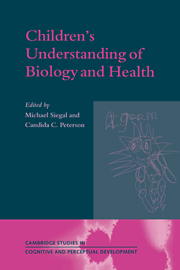Appendix: Hypothetical dilemma vignettes
Published online by Cambridge University Press: 06 July 2010
Summary
SUSAN
Susan has become increasingly listless and unhappy for several months, showing little interest in her work, her studies, her friends, or her family. Her appetite is poor and she complains that she sometimes feels that her life is not worth living. Her doctor diagnoses that Susan is suffering from depression. The doctor says that there are three treatment options available to her: (1) she could have drug therapy; (2) she could go into hospital and have intensive in-patient psychiatric treatment without the use of drugs; or (3) she could do nothing and hope that her condition will cure itself over time. Each treatment option has certain advantages and disadvantages and the risks associated with each one are also different, as the doctor explains.
SANDRA
Sandra has been sexually active for several months, protecting herself against pregnancy by insisting that her partners use a condom. She consults a doctor because she wants information on other birth control options. The doctor says there are three options available to her: (1) she could begin taking the contraceptive pill; (2) she could have an intrauterine device (IUD) inserted so, with the use of spermicidal cream, she would be protected from pregnancy without the use of drugs or condoms; or (3) she could do nothing and continue to insist that her partners use condoms, which would help to protect against venereal disease, but the failure rate of condoms as a contraceptive protection is not insignificant.
- Type
- Chapter
- Information
- Children's Understanding of Biology and Health , pp. 280 - 281Publisher: Cambridge University PressPrint publication year: 1999

